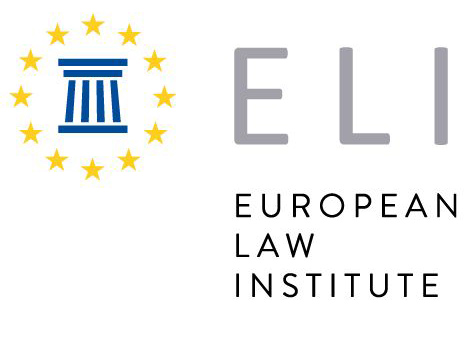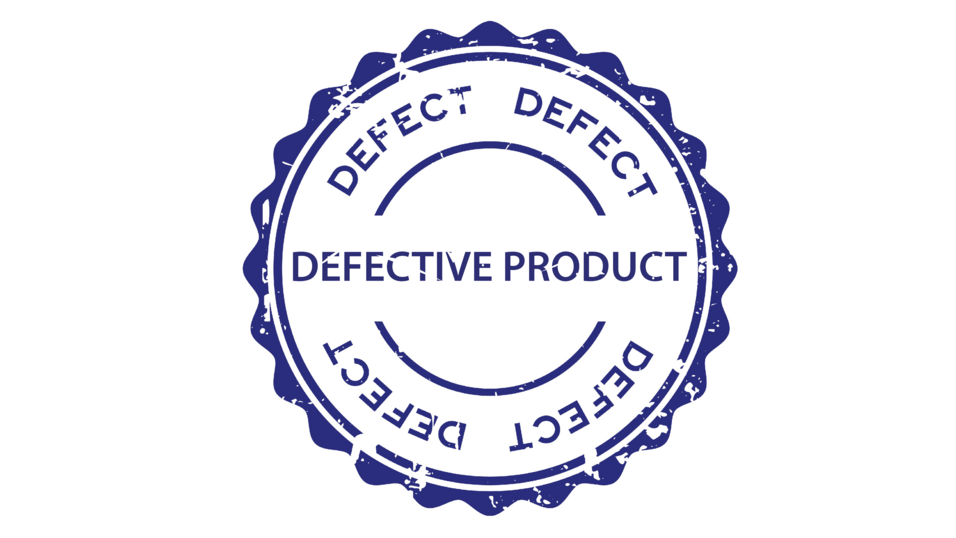Pascal Pichonnaz (ELI President; Member of the ELI Project Team; Professor, University of Fribourg) opened the webinar by welcoming participants and introducing the speakers. He recalled that the European Commission published two draft instruments, a proposed new Product Liability Directive (DPLD) as well as a draft AI Liability Directive (DAILD) on 28 September 2022. He informed those present that ELI assembled a team, headed by Prof Dr Bernhard Koch and Prof Dr Jean-Sébastien Borghetti and chaired by ELI’s Scientific Director, Prof Dr Christiane Wendehorst, to draft Feedback on the above. He said that the Feedback was based on prior ELI work in this field, most notably the ELI Draft of a Revised Product Liability Directive.
The three authors of the feedback spoke first. In general, they welcomed developments and offered suggestions on how the proposals can be further improved. Among other things, Prof Dr Koch said that the introduction of ‘software’ in the definition of a product is a major leap forward but the term needs some black letter of sorts definition. He expressed doubts on the inclusion of refurbishment under the notion of substantial modifications, as a refurbishment does not seek to substantially modify a product, and on the expanded cascade systems of liable persons. As to the latter, there are contradictions in the text, the role and ranking of fulfilment services as well as the exclusion of transport services providers need further thought. Among other things, Prof Dr Borghetti raised concerns on the types of loss and damage not expressly covered by the proposed Directive which, in the case of primary harm, eg damage to professional property, should not be left to national legislators to include within the scope of product liability. He finally raised concerns about the long-stop prescription period: while a producer can retain control after putting a product on the market, this does not affect the start of the long-stop period. The 10-year duration is also problematic, as the European Court of Human Rights has already determined, in the case of latent personal injury. The provision in the proposed Directive as drafted would therefore violate the Human Rights Convention, in particular the right to a fair trial. Prof Dr Borghetti concluded that the best option is to get rid of the long-stop period since this can be insured against. Prof Dr Wendehorst concluded by delivering remarks on the relationship between strict liability and liability for non-compliance with certain obligations, particularly obligations on product safety and market surveillance.
Urs Buscke (Senior Legal Officer, the European Consumer Organisation (BEUC)) welcomed the fact that the Commission has put forward its proposal, since BEUC has been calling for a revision of the 1985 PLD for a while now. He also recalled the relevance of the PLD for consumers and it’s residual nature in that it kicks in where product safety and market surveillance rules, among others, fail. Loop holes in the PLD should therefore be closed. Buscke said that BEUC believes that the proposal should cover all kind of products, tangible and intangible, and welcomed the initiative of explicitly including software. Further, BEUC believes that the list of circumstances to consider whether a product is defective should be extended to include further circumstances relevant to new technology; all damage, whether material or non-material, should be covered; online marketplaces should be subsidiarily liable either if the third-party vendor is located outside the EU or in the EU and the online marketplace fails to disclose their identity. BEUC proposes this, even if online marketplaces are only intermediaries, because such marketplaces disseminate millions of defective products that may harm consumers. Finally, given the complexity of new technology, which widens information asymmetry, BEUC is of the view that much still needs to be done on the burden of proof, which is too difficult and costly for consumers to prove, undermining their rights on access to justice. Consumers should only need to prove damage and not the defect.
Karina Stan (Director of EU Policy, Head of Brussels Office, Developers Alliance) expressed the Developers Alliance’s concerns on the proposal, the main issue being the inclusion of strict liability for software in a generalised way, in light of the different nature of risks and control by software developers involved. Among other things, she also stressed the need to delineate products from services (which software is akin to) and to ensure a good correlation between different pieces of legislation, in particular as the industry is already heavily regulated by sectoral legislation. Stan advocated the strengthening of the exclusion of free and open software by including this in the operative part of the proposed Directive.
Alexis Waravka (Head Digital and Competitiveness, Independent Retail Europe) expressed the view of Independent Retail Europe on the proposal. They believe that there are good reasons to the approach of considering an operator as a manufacturer only when it does substantial modifications to a product meaning that, quite likely, refurbishes and repair services are excluded from the scope of the proposed Directive. They also stressed the presence of a loophole on the proposed Article 7 as it is not clear what would happen if no entity (manufacturer, importer, fulfilment service provider) is based in Europe. The Independent Retail Europe therefore proposed the inclusion of residual liability for market places where no other entity is based in Europe.
Fabian Junge (Legal and Policy Officer, DG Internal Market, Industry, Entrepreneurship and SMEs, European Commission) intervened last. He started by thanking ELI for investing in the discussions on the proposed revisions to the Product Liability Directive and for raising interest in the piece of legislation through reports, webinars and even a draft proposal. The Commission highly appreciates this. He then addressed a number of the concerns raised by the other speakers, providing them with broader insight into the decisions underlying the drafting.
The insightful interventions were followed by a lively Q&A session.
The recording of the webinar is available below.

